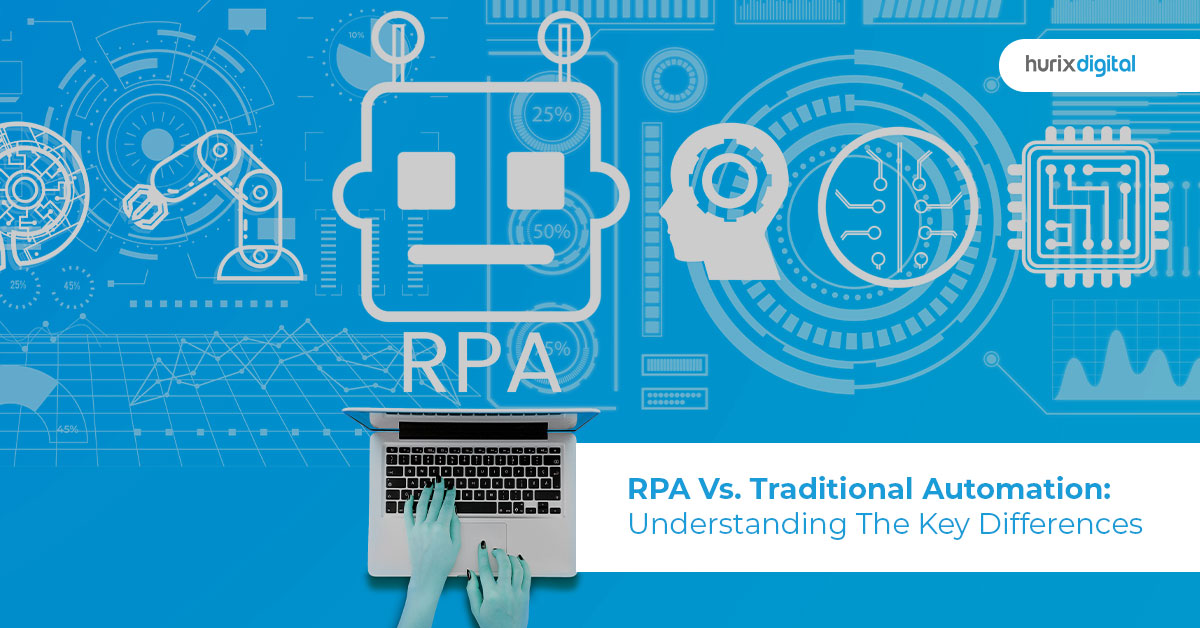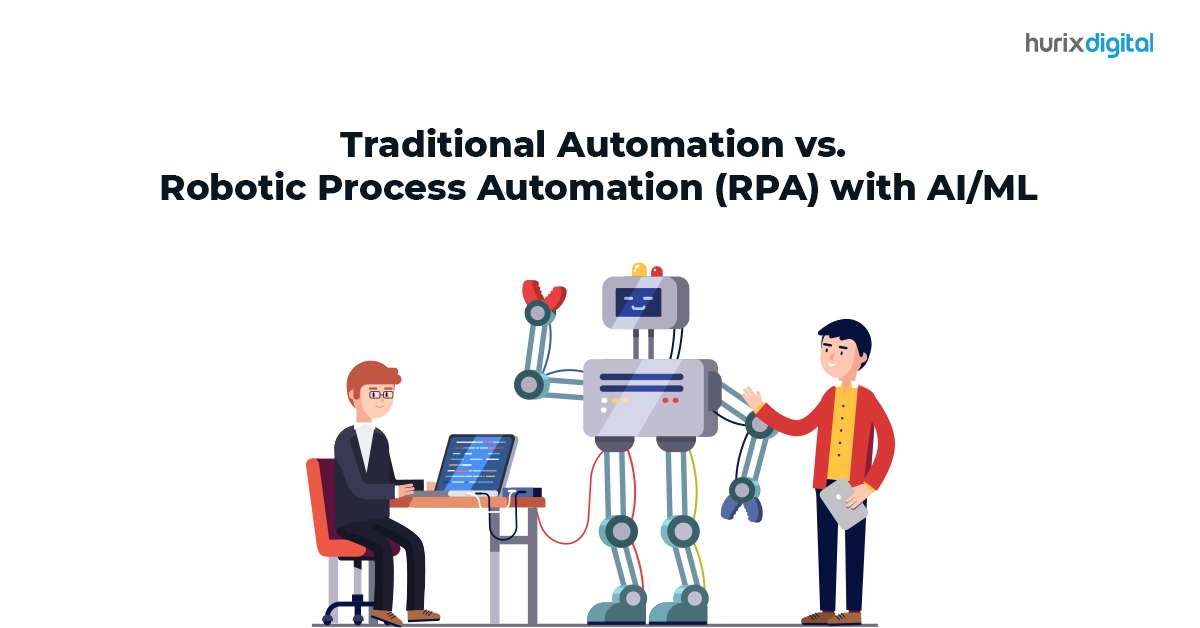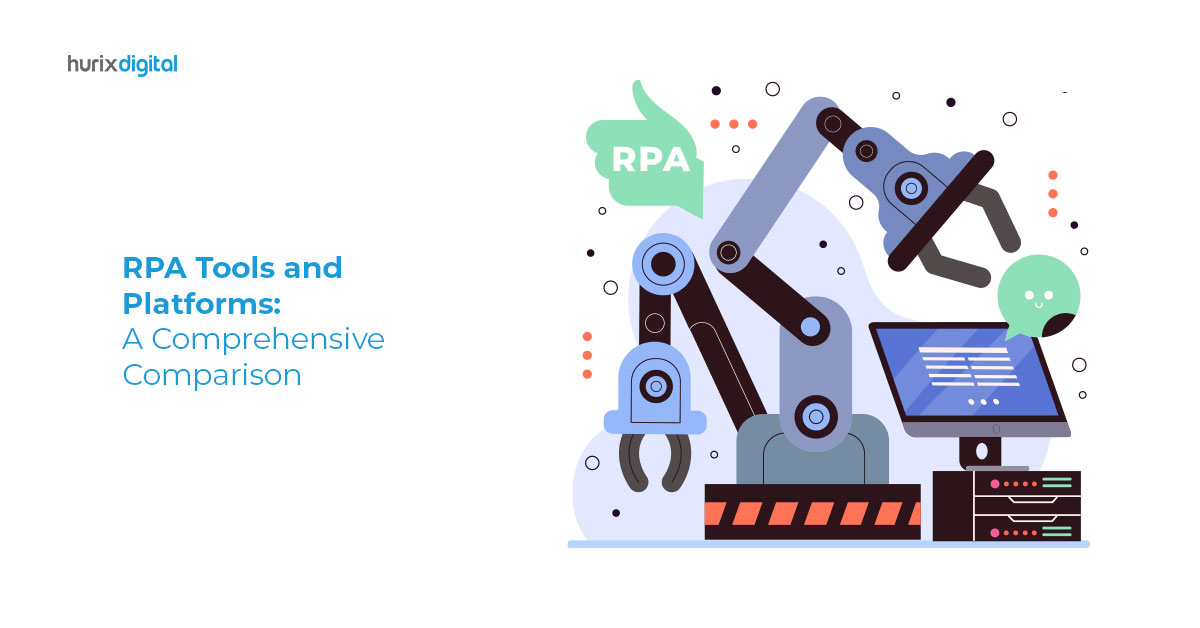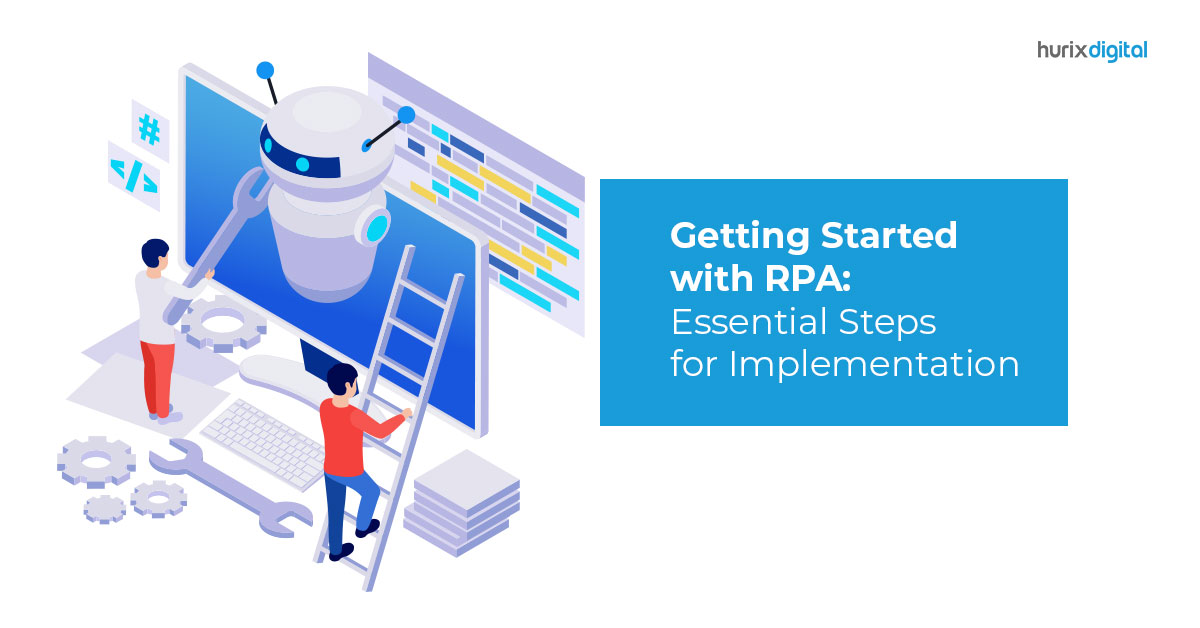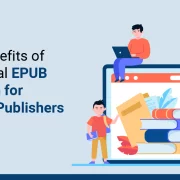
Integrating RPA into Your University: Best Practices and Challenges
Summary
This blog explores how RPA can transform university administration by automating tasks, improving efficiency, reducing errors, and allowing staff to focus on value-adding work.
Are universities ready to embrace RPA’s technological advancement?
In the quest for effectiveness within a digitally expanding environment, Robotic Process Automation (RPA) is considered one of the more crucial technologies. With a global market size that is predicted to hit $13.39 billion by 2030, RPA is becoming a core tool in higher education that automates routine and repetitive tasks and, hence, transforms administrative workflows.
Moreover, educational institutions that have implemented RPA have improved the precision, speed, and quality of data processing. This data is particularly important for universities because accurate administration impacts both academic and operational success.
Thus, RPA’s ability to streamline complex, repetitive tasks enhances operational efficiencies and allows academic staff to focus more on student engagement and educational excellence.
In this blog, we will explore the best practices and challenges of integrating RPA into universities.
Table of Contents:
- Understanding Robotic Process Automation (RPA)
- Benefits of RPA for Universities
- Best Practices for Implementing RPA
- Challenges and Solutions in RPA Adoption
- Conclusion
Understanding Robotic Process Automation (RPA)
RPA utilizes software robots to replicate human actions in digital systems and automate business processes. In the university administration context, RPA involves carrying out repetitive, rule-based tasks that do not require much human judgment, allowing staff to focus on more important tasks. Therefore, RPA optimizes higher education structures by focusing on tasks that are usually time-consuming and error-prone.
One way RPA bots can be used is to update student records, handle admissions applications, and oversee financial aid disbursements. These bots operate round the clock with no interruptions, guaranteeing quicker completion of processes with fewer mistakes, which is especially important during busy times like admissions season.
RPA can be particularly transformative in several critical areas:
- Admissions and Enrollment: Automating the data entry for new applications, scheduling interviews, and sending out acceptance letters—RPA can manage the entire cycle from application to enrollment, ensuring accuracy and efficiency.
- Student Records Management: RPA bots can update student records with grades, schedule changes, and graduation clearances. This reduces the administrative burden and potential for data entry errors.
- Financial Processes: From processing tuition payments to handling payroll for university staff, RPA can automate entire financial workflows, including account reconciliation and auditing.
- Library Services: RPA boosts library services by automating inventory management, sending due date reminders, and managing late fees.
- IT services: RPA takes care of basic IT duties like resetting passwords, managing user accounts, and handling ticketing procedures, freeing up IT professionals to concentrate on more challenging problems facing the digital and offline education landscape.
Also Read: Top Tips for Effective Multilingual Proofreading in Educational Content Creation
Benefits of RPA for Universities
Robotic Process Automation (RPA) is becoming increasingly important as a vital technology in different industries, such as higher education. In 2023, the number of organizations using RPA increased to 31% from 26% in 2022 and 20% in 2021. This increase represents substantial benefits of RPA in easing study processes in complex environments such as universities.
Robotic Process Automation provides the following advantages in relation to university operations in admissions and enrollment management:
- Application Processing Efficiency: RPA can enhance the speed of processing high volumes by extracting and inputting data from applications, thus accelerating decision times and improving applicant satisfaction.
- Automated Communication: Bots send automatic responses to student queries and notifications for application status, ensuring constant and punctual communication.
- Error Reduction: By automating data entry and processing tasks, RPA decreases human errors that may occur during admissions, guaranteeing precision in student records right from the beginning.
- Scalability: This refers to the ability of RPA systems to efficiently expand during peak admission periods to manage higher workloads without needing additional human resources or compromising service quality.
- Cost Savings: By automating simple jobs, universities can allocate staff to more crucial tasks, leading to possible cost reductions in administration over time.
Best Practices for Implementing RPA
The effective implementation of Robotic Process Automation (RPA) in universities depends on strategic planning and meticulous tool selection. Below are a few recommendations for successfully implementing RPA:
1. Assess and Prioritize Processes
Start by identifying and ranking the processes that are best for automation. Concentrate on routine, algorithmic responsibilities that require processing large amounts of data.
2. Select the Right RPA Tools
Select the RPA software that aligns with the university’s requirements by evaluating its compatibility with existing university systems. Make sure the tools align with your scalability, security, and technical support needs.
3. Develop a Phased Implementation Plan
RPA implementation needs to be done in phases.
First of all, it is very important to start with a pilot program in order to check how automation really works in a controlled environment. After that, scaling up to complex systems should be performed.
4. Ensure Cross-Departmental Collaboration
Engage stakeholders from different departments early on. Working together ensures that the robotic process automation deployment matches the university’s overall goals and integrates smoothly with other functions.
5. Focus on Change Management
Prepare the organization for change by training staff on how RPA will impact their work. Effective communication helps alleviate concerns and fosters a positive attitude toward automation.
6. Monitor and Optimize
After implementation, continuously monitor the performance of RPA bots and analyze the outcomes. Use insights from this data to optimize processes and expand automation to other areas.
7. Stay Updated on RPA Trends
It is important to be aware of advancements in RPA technology and the updated best practices. Frequent updates allow for better efficiency and the chance to introduce new automation possibilities.
Challenges and Solutions in RPA Adoption
Implementing Robotic Process Automation (RPA) in universities may lead to numerous obstacles. However, employing strategic methods can successfully tackle these challenges.
1. Cultural Resistance
University staff may fear job displacement or distrust automated systems.
Solution: This would involve positioning RPA as an employee enhancer rather than a displacer. Address this through training designed to show how automation will free staff from mundane tasks, allowing them to add more value to their actual work.
2. Integration with Legacy Systems
Older systems may not seamlessly integrate with modern RPA solutions.
Solution: Use RPA platforms that offer robust integration capabilities or consider phased upgrades of legacy systems to ensure compatibility.
3. Managing Expectations
There might be unrealistic expectations about the capabilities and results of RPA.
Solution: Set clear, precise, and achievable goals and communicate what RPA can and cannot do. Ensure stakeholders understand the realistic timeline for seeing benefits.
4. Scalability Issues
Successful pilot projects might face scalability hurdles.
Solution: Plan for scalability from the start. Choose RPA tools that can grow with your needs and upgrade your IT infrastructure to support larger deployments.
5. Lack of Expertise
Limited knowledge about RPA can hinder its effective implementation.
Solution: Invest in training for IT staff and consider partnering with RPA experts for initial setup and customization.
6. Data Security Concerns
Integrating RPA involves handling sensitive data, which can raise security concerns.
Solution: Choose RPA solutions with strong security features. Regularly review access controls and compliance with data protection regulations.
Conclusion
Robotic Process Automation holds transformative potential for university operations and largely smoothens the administrative workload by increasing efficiency. This is because, besides speeding up the workflows, using RPA reduces errors and operational costs.
In the future, as RPA technology evolves, its application in higher education will continuously increase. This will bring about even more radical changes in the way universities handle data, interact with students, and manage other key administrative functions.
Are you looking to implement RPA for your university? Hurix Digital can assist you in harnessing RPA’s power to revolutionize your university’s administrative operations and ease student pressure.
Contact us today to learn more about our automation solutions tailored for higher education.

Currently serving as the Vice President of Technology Delivery Operations at HurixDigital, a prominent global provider of digital content and technology solutions for publishers, corporations, and educational institutions. With over 16 years of experience spanning EdTech and various domains, I hold certification as a SCRUM Product Owner (CSPO). My expertise includes operations, finance, and adept people management skills.
